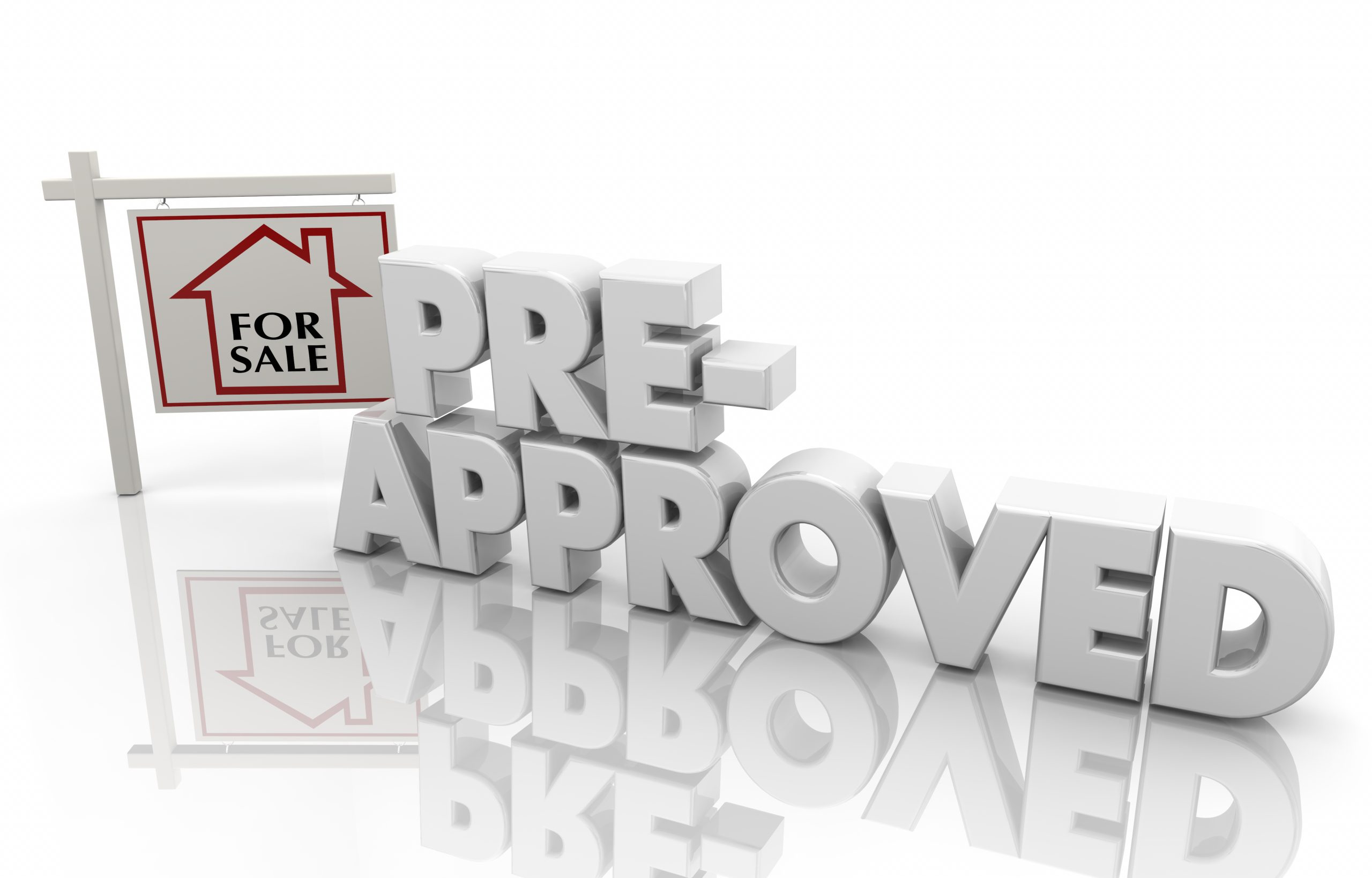Buying a home is one of the biggest financial decisions you’ll ever make—and while it’s…
How to Read a Loan Estimate
Applying for a mortgage is exciting—but it can also feel overwhelming. One of the first official documents you’ll receive during the process is the Loan Estimate. It’s packed with important numbers and terms, and knowing how to read it can save you thousands over the life of your loan.
At Rapid Home Loan, we believe informed buyers make the best decisions. Here’s a breakdown of how to understand your Loan Estimate like a pro.
🧾 What Is a Loan Estimate?
A Loan Estimate (LE) is a standardized three-page document that lenders must provide within three business days of receiving your mortgage application. It outlines the key terms, projected payments, and closing costs of your loan.
The purpose? To help you compare offers from different lenders and understand what you’re signing up for—before you commit.
🔍 Page 1: The Basics
1. Loan Terms
This section summarizes your loan amount, interest rate, and whether any of these can change.
Look out for:
-
Loan Amount: Double-check that this is correct.
-
Interest Rate: Is it fixed or adjustable?
-
Monthly Principal & Interest: Your base payment, not including taxes and insurance.
-
Prepayment Penalty or Balloon Payment: Rare, but important to note.
➡️ Rapid Home Loan Tip: If your interest rate is adjustable, make sure you fully understand how and when it can change.
2. Projected Payments
This breaks down your total monthly payment—including:
-
Principal and interest
-
Property taxes
-
Homeowner’s insurance
-
Mortgage insurance (if required)
It will also show if these amounts are expected to change over time.
3. Costs at Closing
This gives a rough estimate of the cash you’ll need at the closing table.
It includes:
-
Total closing costs
-
Estimated cash to close
🧠 Pro tip from Rapid Home Loan: These numbers are estimates—they can change slightly before closing. We’ll always give you a final breakdown in advance.
🔍 Page 2: Cost Details
This page gives you a line-by-line breakdown of fees.
1. Loan Costs
Divided into three sections:
-
Origination Charges: Lender fees (e.g., application or underwriting fees).
-
Services You Cannot Shop For: Fees from providers chosen by the lender (like credit checks or appraisals).
-
Services You Can Shop For: Title insurance, pest inspection, and other third-party services.
➡️ Good to know: Shopping for your own title or insurance provider can sometimes lower these costs.
2. Other Costs
-
Taxes and Government Fees
-
Prepaids (e.g., homeowners insurance, property taxes)
-
Initial Escrow Payment
-
Other (miscellaneous fees)
💡 Rapid Home Loan Insight: We’ll walk you through these and help you avoid unnecessary charges.
3. Calculating Cash to Close
This shows how much money you’ll need to bring to closing after your down payment and credits are applied.
🔍 Page 3: Comparisons & Fine Print
1. Comparisons
Helps you compare this loan to others by showing:
-
Total you’ll pay in 5 years
-
APR (Annual Percentage Rate)
-
Total Interest Percentage (TIP)
➡️ Use this section to compare apples to apples when looking at multiple loan offers.
2. Other Considerations
Details about:
-
Appraisal rights
-
Loan assumption (if someone else can take over the loan)
-
Homeowner’s insurance requirements
-
Late payment fees
-
Refinance options
3. Confirm Receipt
This section doesn’t bind you to anything. It just confirms you received the document.
✅ Final Thoughts from Rapid Home Loan
Reading a Loan Estimate doesn’t have to be complicated. At Rapid Home Loan, we take the time to walk you through every line so you can make confident, informed decisions about your mortgage.
Whether you’re comparing loan offers or just trying to understand what all the numbers mean—we’re here to help.





